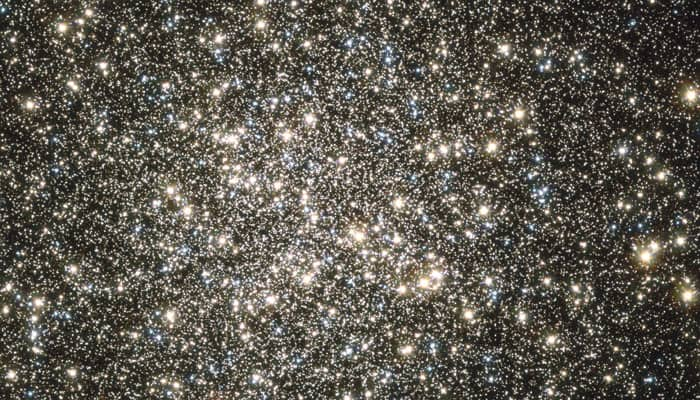Washington: A team of astronomers has solved the long-standing puzzle regarding the nature of disk galaxies.
The study from the Leibniz Institute for Astrophysics Potsdam (AIP), using state-of-the-art theoretical models, shows that groups of stars with the same age always flare as the result of massive galactic collisions and when taken all together, these flares, nested like the petals of a blooming rose, puff up the disk and constitute what astronomers call the "thick" disk.
Lead researcher Ivan Minchev said that they were able to show for the first time that galactic thick disks are not composed only of old stars but must also contain young stars at larger distances from the galactic centre.
Minchev added that the flaring seen in groups of stars with the same age is caused mostly by the bombardment of small satellite galaxies and these cosmological car crashes pummel the young disk and cause it to swell and flare.
To arrive at this new result, the team ran numerical simulations on massive super computers and examined the structure of their simulated galaxies. The scientists grouped stars by common age and looked at where they were located. What they found was that stars of a given age group constituted a disk with flared edges, much like the mouth of a trumpet.
This flaring is unavoidable, being caused when the main galaxy collides with smaller galaxies, a generic feature of how scientists believe galaxies form. Since the oldest stars formed in the inner region of the galaxy, for them this flaring occurs closer to the centre, while for the younger stars it occurs at the periphery of the galaxy. When put together, the combination of flaring from all the stars produces the elusive thick disk, as observed.
Minchev concluded that with the new understanding of the formation of, and interplay between, galactic thin and thick disk s, they have moved much closer to solving one of the most fundamental problems of Galactic astrophysics, adding that their predictions will soon be tested with data from the Gaia space mission and using high precision instruments, like MUSE on the Very Large Telescope.
















